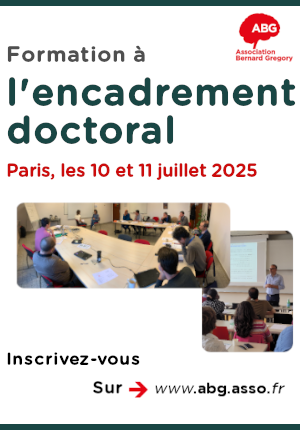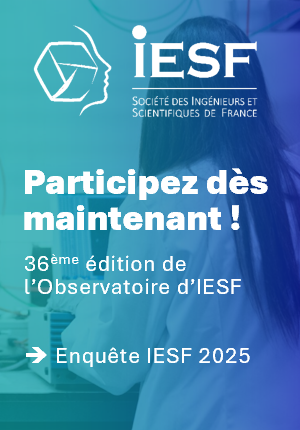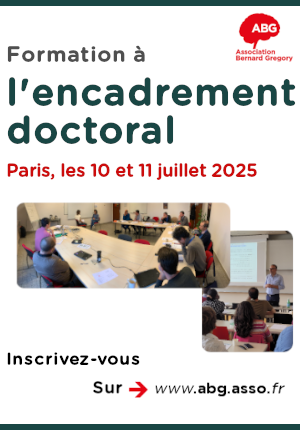Tensor Decompositions for Interpretable Machine Learning on Temporal Graphs
| ABG-131020 | Thesis topic | |
| 2025-04-14 | Other public funding |
- Computer science
- Data science (storage, security, measurement, analysis)
Topic description
Many real-world systems — such as industrial IoT networks, online marketplaces, and social platforms — produce data that naturally forms temporal graphs, where each interaction represents: who interacted with whom, and when. These graphs offer a powerful way to capture the evolving structure of complex systems and are key to detecting critical phenomena like fraud, cyberattacks, or the spread of misinformation. However, building machine learning tools for temporal graphs remains a major challenge, as common notions of similarity — essential for tasks like classification, prediction, or anomaly detection — are not easily defined in this context.
This PhD project tackles that challenge by developing interpretable methods to compare temporal graphs. The core idea is to use tensor decompositions, which naturally represent temporal graphs as three-dimensional arrays and break them down into simpler/elementary building blocks. The tensor decomposition then opens door to compare temporal graphs by identifying common and different "atoms" across temporal graph instances.
This PhD project aims to lay the foundation for interpretable machine learning on temporal graphs by developing similarity metrics that reveal meaningful patterns across time-evolving systems. To achieve this, we pursue three main goals:
Goal 1: A new tensor decomposition for temporal graphs.
We will develop a decomposition method tailored to the unique challenges of temporal graphs — including their binary and sparse nature, multi-scale patterns, and varying node sets or time intervals. Existing approaches fall short in capturing these aspects jointly. Our method will extend recent advances in geometric and coupled decompositions to extract shared and distinct motifs across graphs.
Goal 2: Similarity metrics, machine learning tasks, and toolbox.
Using our decomposition, we will define interpretable metrics that compare temporal graphs based on their structure, dynamics, and scale. These metrics will power machine learning algorithms for clustering, segmentation, change detection, and prediction. All methods will be implemented in a unified Python toolbox.
Goal 3: Applications to real-world data.
We will validate our methods on two domains. On Wikipedia, we aim to uncover patterns behind successful collaborations by analyzing contributor interactions. In Industry 4.0 settings, we will detect abnormal behaviors in sensor networks to identify faults or cyberattacks.
Funding category
Funding further details
Presentation of host institution and host laboratory
The LISIC (Laboratoire d'Informatique Signal et Image de la Côte d’Opale) is a French research laboratory focused on computer science, signal processing, and artificial intelligence. Based in Calais and Saint-Omer, it brings together researchers working on topics such as machine learning, image and signal analysis, data science, and complex systems. LISIC is known for its interdisciplinary approach, combining theoretical advances with real-world applications, particularly in collaboration with local industries and institutions. The lab is part of the Université du Littoral Côte d’Opale (ULCO).
Website :
PhD title
Country where you obtained your PhD
Institution awarding doctoral degree
Graduate school
Candidate's profile
We look for highly motivated candidates with relevant experience in computer science, data science, and graph machine learning. Experience in Python programming and signal processing will be a plus.
Starting date : October 2025
Duration: 3 years
Vous avez déjà un compte ?
Nouvel utilisateur ?
Get ABG’s monthly newsletters including news, job offers, grants & fellowships and a selection of relevant events…
Discover our members
 Généthon
Généthon  CESI
CESI  Ifremer
Ifremer  SUEZ
SUEZ  MabDesign
MabDesign  CASDEN
CASDEN  TotalEnergies
TotalEnergies  Aérocentre, Pôle d'excellence régional
Aérocentre, Pôle d'excellence régional  ONERA - The French Aerospace Lab
ONERA - The French Aerospace Lab  ADEME
ADEME  Groupe AFNOR - Association française de normalisation
Groupe AFNOR - Association française de normalisation  MabDesign
MabDesign  ANRT
ANRT  ASNR - Autorité de sûreté nucléaire et de radioprotection - Siège
ASNR - Autorité de sûreté nucléaire et de radioprotection - Siège  Institut Sup'biotech de Paris
Institut Sup'biotech de Paris  Laboratoire National de Métrologie et d'Essais - LNE
Laboratoire National de Métrologie et d'Essais - LNE  Tecknowmetrix
Tecknowmetrix  PhDOOC
PhDOOC  Nokia Bell Labs France
Nokia Bell Labs France





